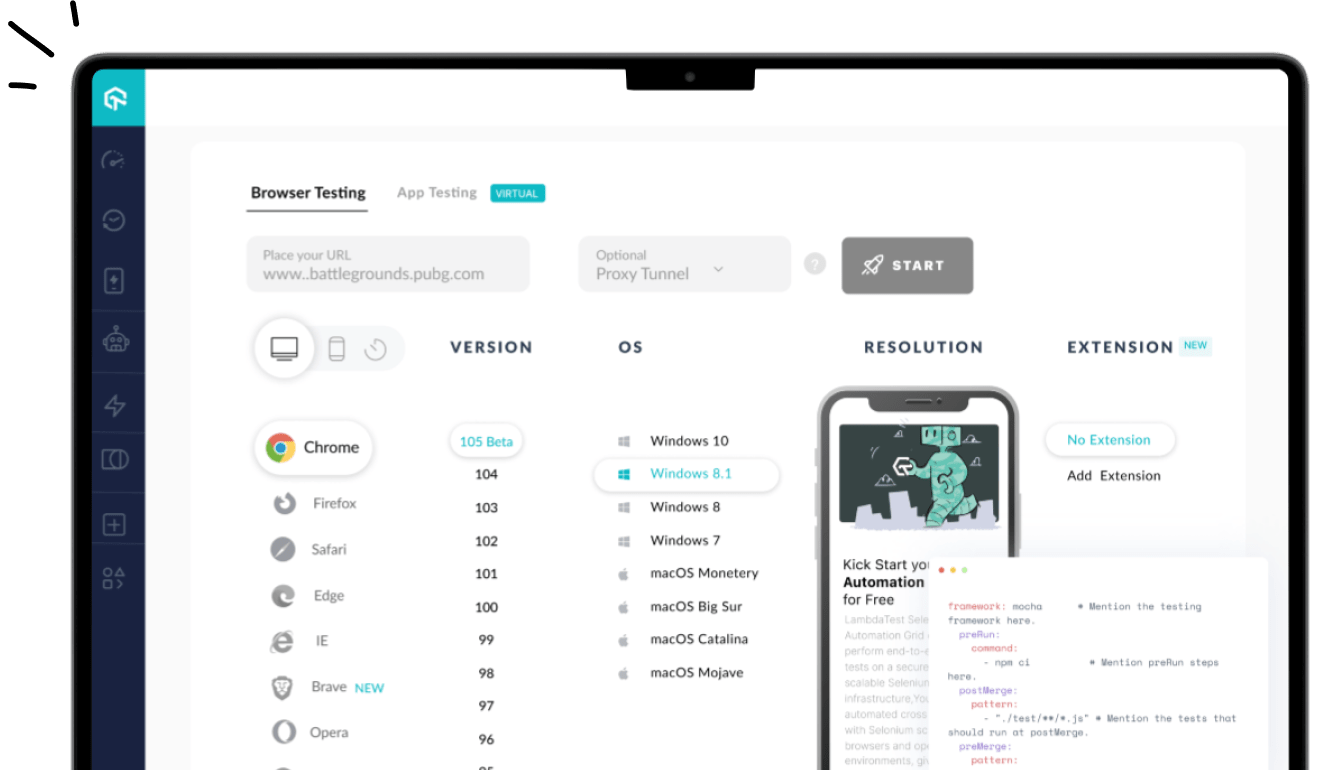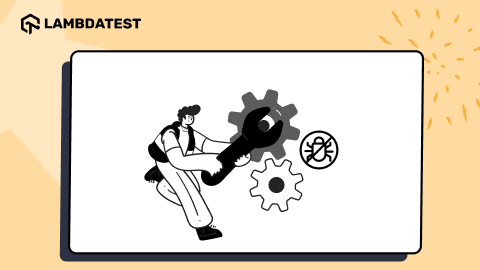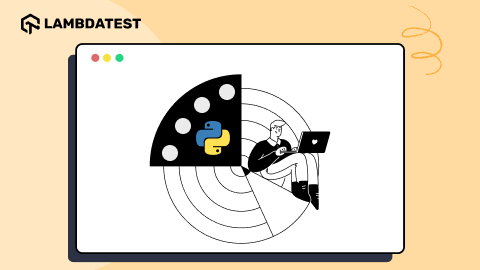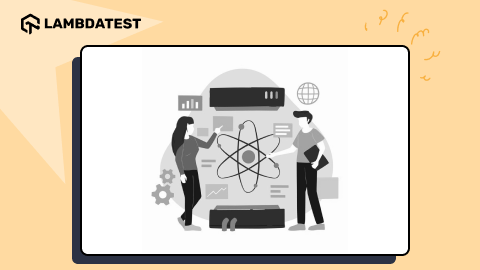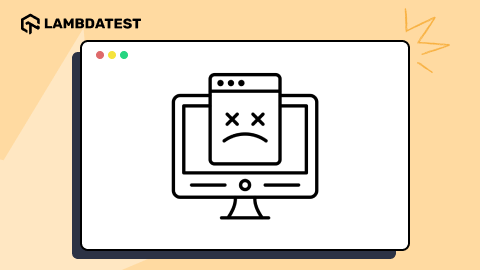What Are Story Points and How to Use Them?
Tahneet Kanwal
Posted On: February 6, 2025
![]() 7610 Views
7610 Views
![]() 15 Min Read
15 Min Read
When estimating the effort and complexity of any task like user stories, feature development, etc., you tend to face challenges that usually lead to inconsistent sprint planning and misalignment across the team. It may also leave deadlines unmet or workloads unbalanced.
However, using story points helps you to overcome the above challenges. Story points provide a relative measure of effort, allowing you to estimate tasks more accurately, align expectations, and ensure smoother sprint execution.
In this blog, we explore story points and how to use them in your Agile projects.
- What Are Story Points?
- Why Use Story Points in Agile?
- Using Story Points in Agile Projects
- Using Planning Poker for Story Points
- Estimating Story Points in Agile
- Avoiding Common Pitfalls in Story Point Estimation
- Story Points vs. Hours
- Story Points vs. Time Estimation
- Frequently Asked Questions (FAQs)
What Are Story Points?
The story point estimates the effort required to complete a task (often user stories in a product backlog). You can have points allocated based on how complex the task is, how much work is involved in this specific task, or how uncertain the outcomes from this task may be.
Story points are commonly used by Agile teams to estimate how many story points of work they can complete in a sprint. They can begin by choosing a points end number, say, 5 or 8, for the sprint. Next, they focus on the highest-priority tasks in the backlog and allocate points to them according to their importance.
This way, Agile teams can evaluate the difficulty of a task. Rather than counting hours, they use story points as a comparative measure. For example, a four-point task is twice more difficult than a two-point task. These are not important numbers, and the idea is not to focus on it, but to understand the difference of the work and complexity of the task with the others.
By understanding the value of story points, we can see how they’re applied in real-world Agile projects.
Why Use Story Points in Agile?
In the Agile development processes, story points help you understand a project’s full scope by evaluating each task individually. This approach creates a clear framework for assessing the scope of each task and gives a better view of the Agile project as a whole.
Unlike traditional estimation methods that focus on hours or days, story points consider the complexity and resources needed for each task.
This detailed approach offers several advantages:
- Story points clearly show how much work can be done in a sprint, preventing teams from overloading their backlog.
- Story points help break projects into smaller, manageable components.
- By analyzing tasks in advance, teams create realistic estimates, ensuring deadlines are met.
- Story points determine due dates based on task complexity, avoiding arbitrary deadlines.
- Evaluating tasks while assigning story points often uncovers potential roadblocks before they affect the project.
- Story points encourage collaboration through planning poker meetings, avoiding the differences in estimates between senior and junior team members.
- Story points account for uncertainties and risks, making estimates more reliable and reducing guesswork.
Now, let’s see how story points fit into your Agile projects.
 Note
NoteBoost team efficiency and track progress seamlessly. Try LambdaTest Today!
Using Story Points in Agile Projects
Planning is crucial in Agile projects to ensure alignment and prevent issues such as missed deadlines. Story points are an effective method for ensuring everything goes according to plan.
Let’s look at how you can use story points in Agile projects:
- Create User Stories: For every feature or task, write user stories. It describes a feature from the end user’s perspective. User stories must be clear, concise and demonstrate the benefit to the user.
- Add User Stories to the Product Backlog: Once the user stories are created, include them in the product backlog. The product backlog contains features, improvements, and bug resolutions, and it is frequently revised as new stories are added and current ones are modified.
- Introduce Story Points to Your Team: It’s important that your team understands story points. Start by explaining the basics and the benefits of using story points. Ensure the team understands that story point numbers need to be in relation to each other.
- Determine Your Story Point Scale: Decide on the scale your team will use for story points. You can use a sequence that helps focus on the relative size between tasks, making it easier to estimate complex tasks. A popular option in Agile is the Fibonacci sequence.
- Create a Story Point Matrix: A story point matrix will guide your estimation meetings and help your team understand how to assign points to tasks. The values will increase as tasks become more complex, involve greater risks, and demand more effort.
- Hold a Planning Poker Meeting: After establishing your story point sequence and matrix, hold a planning poker session to estimate story points for user stories. It helps align the team and evaluate how many tasks can be completed in the upcoming sprint.
- Assign Story Points to Each User Story: Once the stories are in the backlog, use story point estimation to estimate how much effort will be required for each user story. It is important to note that story points denote the relative work effort to complete a task rather than a specific number of hours.
- Select User Stories for the Sprint: This will allow you to select user stories for the sprint based on the assigned story points. The purpose is to estimate a manageable amount of work again, according to the velocity of your team (the number of story points that your team usually completes in a sprint).
- Break User Stories Into Tasks: After selecting the stories, break them down into smaller tasks. Tasks are the specific steps needed to complete the user story, helping track progress and identify blockers early.
- Plan and Execute Your Sprint: Start executing the sprint with the chosen user stories, assigned story points, and broken-down tasks. Monitor progress with burndown charts and conduct daily standup meetings to review progress and resolve issues.
- Review and Refinement: At the end of the sprint, conduct a review to check the finished work. Discuss what worked well, what needs improvement, and how to modify the process for the next sprint. This will enhance future estimates and the overall Agile procedure.
- Continuously Improve Your Story Point Estimations: After your first sprint, gather feedback to refine the story point estimation process. Ask your team whether the story points were estimated accurately and what could be improved.
For instance, as a user, you wish to provide feedback and questions to enhance understanding as well as provide user feedback on features of the product from the website.
The ratios matter with story points, not the exact numbers. For example, if a task has a story point of 2, it should take twice the effort of a task with 1 point. A task with 3 points should take one and a half times the effort of a task with 2 points.
Your story point matrix will improve with experience as you complete more sprints. It doesn’t have to be perfect from the start—use regular tasks as a starting point and adjust it after each sprint.
You can schedule planning poker sessions after prioritizing the backlog but before the sprint begins. The sessions can last anywhere from 2-4 hours, with the first one being the longest.
To estimate these story points more effectively, many teams turn to specific techniques like Planning Poker.
Using Planning Poker for Story Points
Planning Poker is a widely used method in Agile for estimating story points and helps in a collaborative effort to judge how much effort is required to complete a user story or product backlog entry. This process ensures estimates are based on team input by enabling accuracy through team-based effort.
First, team members are given a deck of cards (numbered according to a Fibonacci series) that represents increasing levels of complexity and uncertainty. In this method, a user story is provided by either the product owner or scrum master and the team goes around the table discussing what is needed for a specific user story, its scope, the risks involved, etc.
Then each individual team member secretly selects a card that represents their assessment of how much work will be required, factoring in variables such as workload, complexity, risk, uncertainty, etc.
Once all the estimates are revealed, the team discusses any significant differences. This discussion allows team members to explain why they think the task may be more or less complex than others estimate. After the discussion, the team re-votes, refining their estimate until they reach a consensus. The final estimate is assigned, and the user story is ready for sprint work.
Once we understand how Planning Poker works, we can explore how to estimate story points accurately.
Estimating Story Points in Agile
Story points estimate the effort required to finish a user story in the product backlog. Instead of emphasizing only time, story points consider various factors to provide a comprehensive estimate of effort.
These elements include the workload, the complexity of the task, and any associated risks or uncertainties.
- Assess the Amount of Work Involved: The more work required, the higher the effort estimate. For example, create a web page with one input field. After that, create a web page with 100 input fields, even if they don’t interact and don’t add extra complexity. While repetitive tasks may be more efficient, the larger task still needs more effort and should receive more story points.
- Account for Risk and Uncertainty: Risk and uncertainty can increase the effort needed for a task. For example, if the stakeholders provide vague or incomplete information, more effort will be needed to clarify and refine the task. Working with old, brittle code without automated tests introduces more risk, requires more careful work, and may lead to more debugging.
- Evaluate Task Complexity: Complex tasks take more time and are more likely to have errors. For example, there is a task with 100 text fields with no interactions or validations. Then, there is a second task with 100 fields with date pickers, formatted inputs (e.g., phone numbers), and conditional logic (e.g., showing different CVV fields based on the card type).
- Combine Factors to Assign Story Points: Story points are assigned by combining the three factors into one overall effort estimate. The first one is to estimate the time and steps needed to complete the task. Then, add points for the potential challenges and their impact. Post that, include points for the difficulty of the task and the effort needed for problem-solving or coordination.
- Use Collaborative Estimation Techniques: Teams typically use methods like Planning Poker to agree on story point values. Here, each team member estimates the effort independently based on their understanding of the task. Any differences in estimates are discussed until the team reaches a consensus. Also, previous tasks and their story points are used as reference points for comparison.
The second task is more complex and will take more time for development, testing, and validation.
While estimating story points, it’s important to be aware of common pitfalls that can skew accuracy.
Avoiding Common Pitfalls in Story Point Estimation
Story points can simplify project management, but only if they are used correctly. Avoid these common mistakes to ensure better estimation:
- Story points should always be relative: They help your team compare tasks easily. Avoid assigning points arbitrarily. Make sure story points scale in relation to one another.
- Story points are not about time: They consider complexity, risk, and repetition. Using hours or days as story points goes against their purpose. Focus on the factors that influence effort instead of time.
- If story points lack consistency, it leads to planning errors and confusion: Your team should share the same understanding of what each value means. Use backlog refinement and estimation workshops to maintain consistency.
- Story points are for relative sizing, not perfect accuracy: Software development is uncertain, so avoid trying to achieve exact estimates, as it can waste your effort.
- Review previous sprints to improve your estimation process: Compare the actual effort with your initial estimates. This feedback helps your team refine its understanding of story points. Include everyone, including testers, to gather insights and improve practices.
Story Points vs. Hours
Story points and hours are two different methods used in estimating efforts. Let’s look at some of the differences between them:
| Aspect | Story Points | Hours |
|---|---|---|
| Definition | Abstract measure of effort, complexity, and uncertainty using a relative scale. | Specific time-based measure predicting the number of hours required to complete a task. |
| Focus | Emphasizes complexity, effort, and potential risks. | Focuses on the exact time needed for task completion. |
| Measurement | Based on a relative scale (e.g., Fibonacci sequence) comparing task complexities. | Measured in fixed units like hours or fractions of a day. |
| Uncertainty Handling | Accounts for uncertainties, variability, and unknowns in tasks. | Assumes tasks are well-defined and can be predicted with minimal variability. |
| Team Velocity | Helps calculate team capacity and predict work completion over iterations. | Does not inherently measure team velocity; it focuses on task duration. |
| Accuracy | Relative estimation, refined over time with team experience. | Can be precise but often less reliable when dealing with unknowns or complexities. |
| Stakeholder Clarity | Abstract and may require explanation to stakeholders unfamiliar with Agile. | Clear and easily understood by stakeholders due to time-based measurement. |
| Emotional Attachment | Reduces attachment to deadlines by focusing on task difficulty and team effort. | Often leads to stress or unrealistic expectations tied to strict deadlines. |
| Adaptability | Encourages flexibility and iterative refinement of estimates. | Less flexible; changes in task scope or complexity often require re-estimation. |
| Reward System | Recognizes effort, skill, and complexity rather than time spent. | Rewards are based on task completion within estimated hours. |
| Best For | Long-term planning, assessing team capacity, and tracking progress over sprints. | Short-term planning and scheduling tasks with well-defined durations. |
Story Points vs. Time Estimation
Story points and time-based estimation are two different methods used in project planning. Let’s look at some of the differences between them:
| Aspect | Story Points | Time-Based Estimation |
|---|---|---|
| Definition | Abstract measure of effort, complexity, and uncertainty using a relative scale (e.g., Fibonacci numbers). | Assign specific time durations (e.g., hours or days) to tasks. |
| Focus | Emphasizes complexity, effort, and risks involved. | Focuses on predictability and exact scheduling. |
| Measurement | Relative scale comparing tasks to one another. | Specific time-based units (hours, days, etc.). |
| Uncertainty Handling | Accounts for uncertainties and risks in the task. | Assumes minimal uncertainties and consistent conditions. |
| Team Velocity | Helps measure and predict team performance over iterations. | Does not inherently measure team velocity; it focuses on task completion within set timeframes. |
| Stakeholder Clarity | Abstract; may require explanation to non-technical stakeholders. | Easier for stakeholders to understand due to direct time references. |
| Emotional Attachment | Reduces emotional attachment to deadlines by abstracting time away from estimation. | Can create pressure due to rigid deadlines tied to specific time estimates. |
| Adaptability | Encourages flexibility and team discussions to account for varying complexities. | Less adaptable, as it assumes fixed durations for task completion. |
| Application | Used for long-term planning and assessing team capacity and progress. | Suitable for short-term planning where predictability is essential. |
| Encourages | Value-driven progress and collaboration. | Focus on delivering within predefined schedules. |
Conclusion
Story points are an Agile estimation method focusing on complexity, risk, and repetition rather than time. They help teams compare tasks, plan work, and prioritize efforts effectively. During backlog refinement and sprint planning, teams collaborate to assign story points and align on workload distribution.
For effective use, maintain consistency, avoid equating points with time, and learn from past estimations. Integrating story points into Agile practices helps teams plan better, adapt to changes, and deliver consistent value.
Frequently Asked Questions (FAQs)
How many hours are 3 story points?
The hours associated with 3 story points can vary depending on the team’s velocity. Typically, 3 story points can equal around 12-24 hours of work.
What are the 5 story points in Agile?
In Agile, 5 story points represent a task that is of medium to high complexity. The time required for 5 story points usually ranges from 20-40 hours, depending on the team.
How many hours is 0.5 story points?
0.5 story points typically represent a very small task. It usually equates to about 1-2 hours of work.
Citations
Study on Agile Story Point Estimation Techniques and Challenges: https://www.ijcaonline.org/archives/volume174/number13/31736-2021921014/
Got Questions? Drop them on LambdaTest Community. Visit now


